
Single User Performance Benchmarking
Single User Performance Benchmarking using Headless Chrome, Node, NPM, Puppeteer, Lighthouse, Shell scripting and Jenkins.

Quality Assurance Is All About UX
User Experience is a buzzword these days as the stakeholders discuss it other than requirement readiness. This field is famous for quite a sometime but due to the agile transformation, there were a lot of changes related to methodologies, practices, and the thinking pattern of the software people, especially designers.
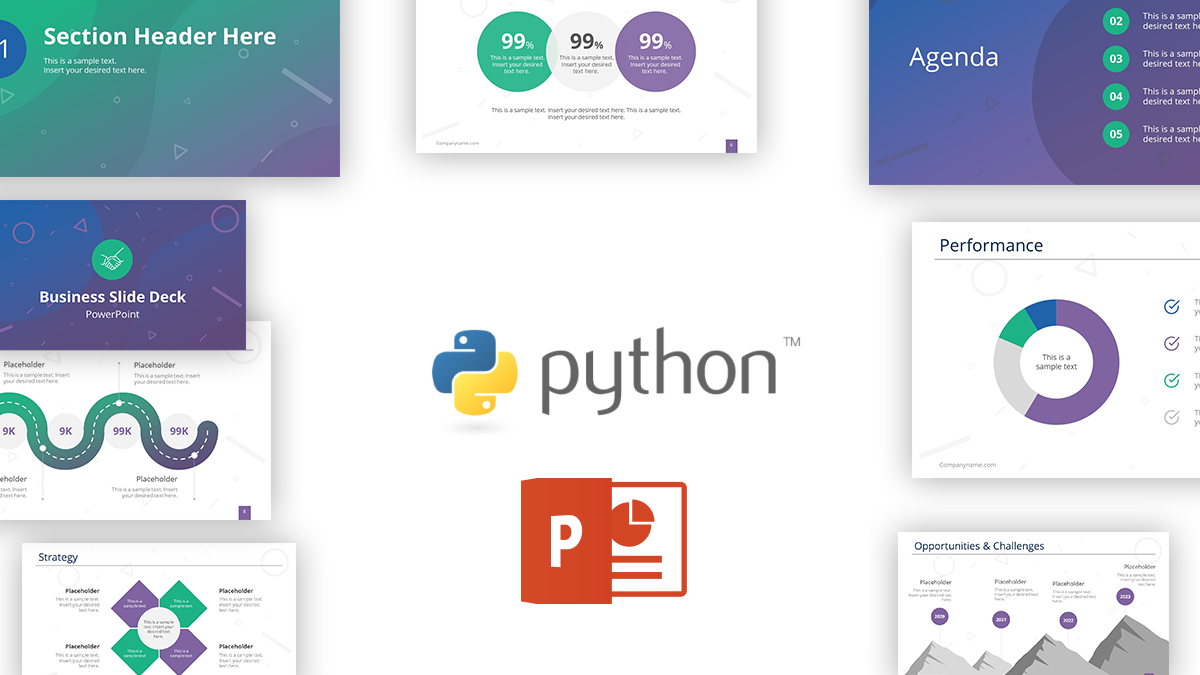
PPTX file generator using AWS services and python
In this article, I'm going to explain how we can generate PPTX files using python, AWS services and PPTX templates.

How testers should deal with GDPR
Software testing begins with an idea of delivering a product that will help to simplify or improve the quality of a process or task.

Lambda layers with NodeJS
When developing nodeJS microservices applications in AWS most of the time developers need to share common libraries between micro services.

Essence Of QA
I was thinking of writing an article for QAs who are new to the IT industry and who are planning to start their career as a software quality assurance engineer. Objective of this article is to create awareness around what the IT industry is expecting from QA engineers.

GitHub Workflows For Test Automation
GitHub Actions are event driven. It allows us to automate tasks within the software development lifecycle. For example, let’s say if any teammate creates a PR (pull request) on repo, we can automatically run a command that executes a software testing script with the help of GitHub Actions.

Developing an authentication service using face recognition
In modern enterprise application development, authentication is a key deciding factor. We can use various authentication mechanisms to authenticate ourselves with enterprise back ends. Some of the popular authentication mechanisms currently being implemented are Single-Factor Authentication, Two-Factor Authentication (TFA), Single Sign On (SSO), Multi-Factor authentication (MFA), etc.

Developing a Custom Audit Trail and a Notification Service for a Workflow Based Serverless Application on AWS
Nowadays, most complex enterprise systems are required to have a good user action tracking system or a real time notification system. Having such a system can be beneficial to all stakeholders of these systems.

Invoking a Private EC2 Instance from a Lambda Function
Recently, we worked on an AWS serverless application, which had an EC2 instance that provided some supportive function to the application. This EC2 implementation was running on a public subnet in a custom VPC.

Amazon Aurora Serverless
Amazon Aurora [1] is a fully managed relational database engine introduced in October 2014. It was designed with speed and database performance reliability in mind. It is also easy to manage and cost-effective in nature. Initially, it was only compatible with MySQL 5.6, and thereafter PostgreSQL compatibility was also added.

Figma Components to Ease Your UI/UX Design Journey
Figma is a cloud-based design tool that is similar to Sketch in functionality and features, but with big differences that make Figma better for team collaboration. For those skeptical of such claims, I’ll explain how Figma simplifies the design process and is more effective than other programs at helping designers and teams work together efficiently.

Human Emotions Recognition through Facial Expressions and Sentiment Analysis for Emotionally Aware Deep Learning Models
Emotions often mediate and facilitate interactions among human beings. Thus, understanding emotion often brings context to seemingly bizarre and/or complex social communication. Emotion recognition can be identified through various methods such as voice intonations and body language, and also with more complex means like electroencephalography.

Virtual Machine Availability Sets in Azure
When it comes to Azure, we can discuss Virtual Machine (VM) availability based on three levels within the scope of a single Azure region.

AWS SAML 2.0 Identity Federation
[Part 01 — AWS Identity Management Advanced Concepts Series]
The Security Assertion Markup Language (SAML) standard defines an XML based framework for describing and exchanging security information between business entities [1]. These security information are expressed in the form of portable SAML assertions that applications working across security domain boundaries can trust.

AWS Cross Account Access
[Part 02 — Access Between Two AWS Accounts]
In Part 01 of the AWS Cross Account Access blog series, I discussed cross account access between AWS accounts within a given AWS organizational hierarchy.

Cloud Infrastructure Management using AWS SSM (Part 02) — Patch Manager and Inventory
This is the second part of my AWS Systems Manager (SSM) blog series. The first primarily talked about how we can use RUN command and how to create a SSM Managed instance. This blog primarily will be focusing on another capability of SSM, which is the Patch Manager.

Using Serverless Framework with AWS – Best Practices
Recently, I was able to be part of a fully-fledged AWS serverless project implementation at 1 Billion Tech. In this project, we used Serverless Framework [1] as the primary deployment framework. Here are some of the best practices that were practiced while engaging in the project.

Microservice Communication using AWS App Mesh
In a typical monolithic application, internal communication can be a trivial exercise. We can invoke another component of the application using a native call or using a simple request/response API.

Increasing Client Satisfaction via Minimal Defect Leakage
We all love to build a software and test it within a comfortable timeline similar to what’s prescribed in certain old-fashioned software development methodologies like the waterfall method, but the reality of today’s world is unfortunately not always like that. Most development projects today require a fast-paced development approach coupled with shorter release cycles, but with the intention of not compromising software quality.

Custom SharePoint Integration for Dynamics 365 Online
Microsoft SharePoint is a document management and collaboration tool that helps in maintaining storage space.

Power Platform Analytics for Microsoft Dynamics 365 CE Part 2 - Common Data Service Analytics Part 1
The Common Data Service Analytics tab shows all common data service call related statistics for further analysis. Using this, developers can get a better idea about the following areas.

Power Platform Analytics for Microsoft Dynamics 365 CE Part 1 – Capacity
With recent power platform releases, Microsoft introduced a great combination of analytics. This is really helpful in analyzing current CE instances and to make informed decisions.

AWS Cross-Account Access
AWS Cross-Account Access is all about its ability to access resources of one AWS account from another. This is possible using a feature called Role Switching. Role Switching can happen between AWS Accounts within an AWS organization or between AWS organizations.

Handling Service Quotas in AWS
We are generally familiar with using the AWS Support Center to handle Service Quotas in the past. However, AWS introduced AWS Service Quota Console to perform this task in a much more abstract manner. This blog gives you an overview of this new feature.
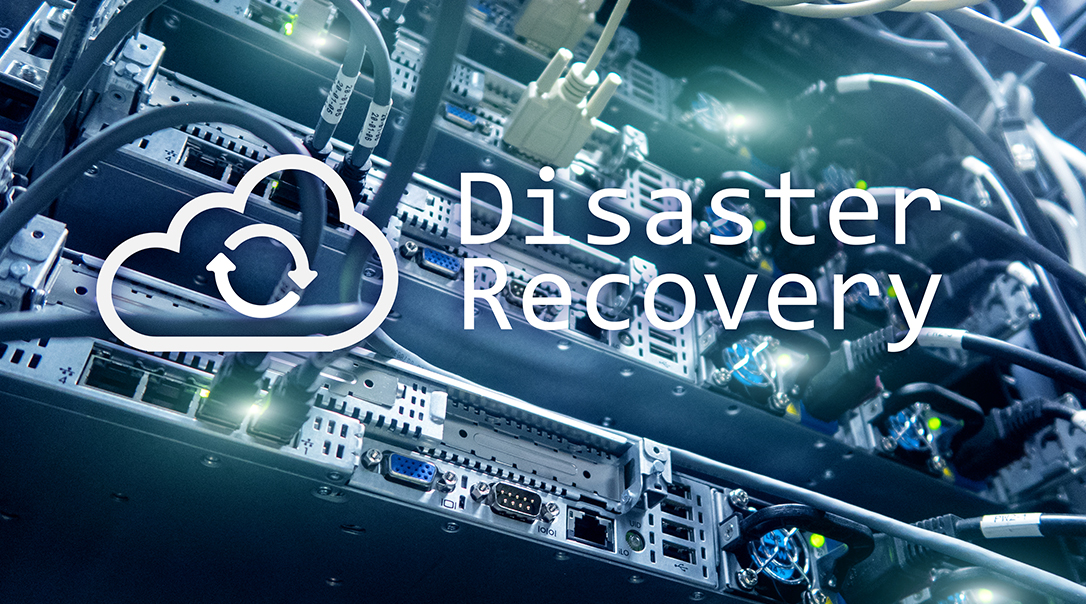
AWS Disaster Recovery Scenarios
Disaster Recovery (DR) is all about “preparing for” or “recovering from” a disaster [1]. In this blog, I will explain Disaster Recovery scenarios/options that are available on AWS. It is important to have a high level understanding of these options when we are designing fault tolerant, highly available AWS solution architectures.

Cloud Infrastructure Management Using AWS Systems Manager (SSM) — Part 01
Managing a hybrid Cloud infrastructure using a traditional tool set could result in many challenges.

Handling Elastic Network Interface(s) (ENIs) in AWS
Shows how we can map single EC2 instances to multiple Network Interfaces via Multiple Elastic IPs.

AWS Web Application Firewall (WAF)
Highly Configurable and Scalable, Cloud Native web application Layer-7 firewall giving you the first line of defense

AWS Inspector
This blog primarily talks about how AWS Textract [1] can be leveraged, along with other AWS services, to extract document/image data into a NOSQL database (DynamoDB) for further processing. Auxenta has used this solution architecture for multiple client engagements in the AWS stack.

IPv6 Networking with AWS VPC
In this blog we will discuss what you can actually do with IPv6 Networking with AWS VPC. This is a slightly longer read than usual, but I’ll try to keep it brief so we can understand the basics comprehensively.

Creating EC2 Custom Metrics via CloudWatch Monitoring Scripts
We all know EC2 Monitoring can be done in two levels in AWS.

Building an OCR Backend with AWS Textract – A Case Study
This blog primarily talks about how AWS Textract [1] can be leveraged, along with other AWS services, to extract document/image data into a NOSQL database (DynamoDB) for further processing. Auxenta has used this solution architecture for multiple client engagements in the AWS stack.

Analyzing AWS VPC Flow Logs via CloudWatch Logs Insight and Athena
This blog post explains how we can leverage CloudWatch Logs Insight and Athena to analyze AWS VPC Flow logs in real time.

Using AWS ACM with CloudFront and Route 53 to Secure your Cloud Domains
If you’re into AWS System Operations, you may have come across certain bottlenecks while using AWS CloudFront with AWS Certification Manager (ACM). Though this process looks a pretty straight forward one, there are certain finer points that you need to be mindful about.

EBS Volume Resizing
AWS EBS (Elastic Block Storage) is a network drive that you can easily attach to your EC2 instances. You can attach more than one EBS volume to an EC2 instance and you can even resize any of these attached volumes without a downtime of the EC2 instance.

AWS EBS GP2 Volume Bursting using fio
As you maybe aware, there are four EBS volume types available in AWS.

Production Level Load Balancing Using SSM Enabled EC2 Instances in Private Subnets
We all know Load Balancing is a way of dealing with High Availability in any Cloud deployment. In AWS, we have three types of Load Balancers (Classic, Application and Network).

AWS Aurora - Why is it better?
Amazon Aurora, part of the Amazon RDS family, is a fully managed MySQL and PostgreSQL compatible, relational database engine that combines high-end commercial databases with the simplicity and cost-effectiveness of open source databases.

User Authentication and Authorization with AWS Cognito
AWS Cognito is a server-less authentication service for web applications that can be leveraged to handle user data and authentication flows within any database or server. It provides administrators with the ability to configure their own identity (authentication) provider and have control over management features such as user sign up, sign in and password management.

Secure AWS API Gateway Using a Lambda Authorizer
Amazon API Gateway enables you to create and deploy your own REST and WebSocket APIs at any scale. You can create robust, secure, and scalable APIs that access AWS or other web services, as well as data that’s stored in the AWS Cloud. You can create APIs to use in your own client applications or you can make your APIs available to third-party app developers.

AWS Textract with Lambda Walkthrough
AWS Textract is a document text extraction service. “Amazon Textract is based on the same proven, highly scalable, deep-learning technology that was developed by Amazon’s computer vision scientists to analyze billions of images and videos daily. You don’t need any machine learning expertise to use it” — AWS Docs
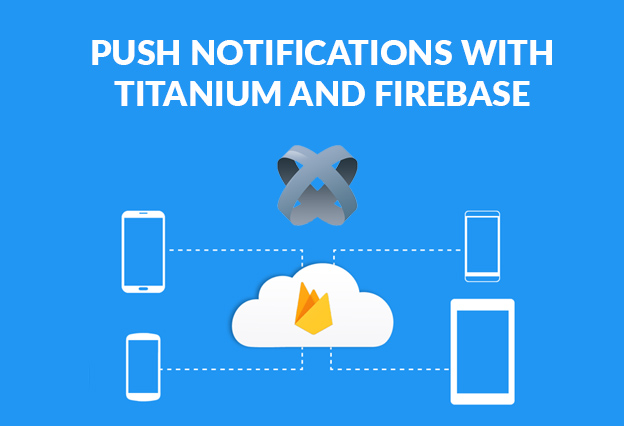
Push Notifications with Titanium and Firebase
In this blog, I hope to give you a basic knowledge on how to implement push notifications with appcelerator titanium and firebase. Firebase is a platform that offers various...
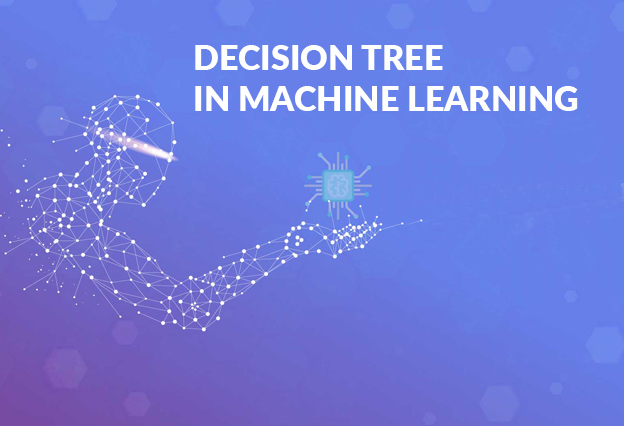
Decision Tree in Machine Learning
Algorithms are step-by-step computational procedures for solving a problem, similar to decision-making flowcharts, used for information processing, mathematical calculation, and other related operations...

Microservices with Azure Kubernetes and Docker
This blog will provide an understanding of microservices architecture followed by data issues that arise when working with microservices. It will then provide an overview of the demo microservices application...

Microsoft Cognitive Services – Connect the Dots with AI Services
Microsoft Cognitive Services is a set of cloud services available for developers to build intelligent applications without having direct Machine Learning or Data Science knowledge. Services are ready to be consumed through easy-to-use APIs without any hassle. Microsoft highlights this catalog of services within the Azure stack as another supportive initiative towards democratization of artificial intelligence.

Android Things
The Global Mobile Trends 2017 Report [2] confirms that three quarters of the population is now connected to the Internet via mobile phones. The Internet of things (IoT) is the network of physical devices, vehicles, home appliances, and other items embedded with electronics, software, sensors, actuators, and connectivity which enables these things to connect, collect and exchange data [5]. The IoT concept was first introduced by Kevin Ashton, co-founder of the Auto-ID Center at MIT when he wanted to present the idea of radio frequency ID (RFID) to Procter & Gamble (P&G) in 1999 [6].

Implementing an Open Data Platform using DKan on AWS
In the Open Data concept, certain organizational data are freely available for anyone to use and republish as they wish, without any restrictions (copyrights, patents, etc.). This is similar to concepts such as Open Source, Open Hardware, Open Government, and Open Knowledge.

Creating a Site-to-Site VPN between AWS VPC and a third-party network using Openswan
M ost third-party applications have restricted access through the public Internet due to an organization’s security boundaries. If applications are hosted in AWS, creating a site-to-site VPN can provide access to these kind of networks.
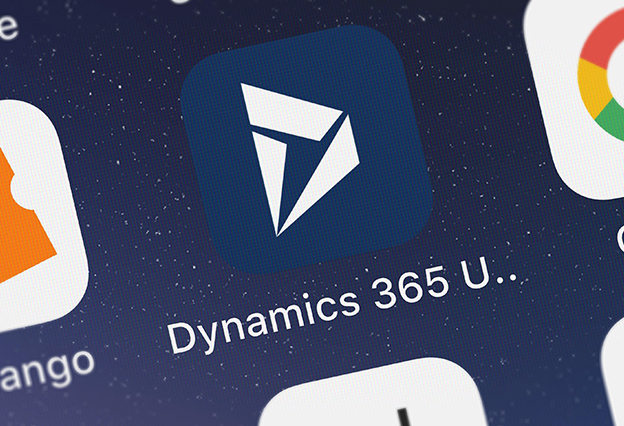
Relationship Insights in Dynamics 365
It is interesting to see how intelligent components come in to play in Dynamics 365. Let’s have a look at Relationship Insights, which is a key set of features within the Embedded Intelligence suite. The suite analyses Dynamics 365 data as well as the Microsoft Exchange database to produce constructive insights to understand relationships through behavior of relationships.

Identity and Access Management (IAM) in Microservices using Keycloak
Securing an enterprise application is a key aspect of modern enterprise application development. There are plenty of mechanisms to secure such applications, especially in distributed environments. Identity and Access Management (IAM) system is one of those very popular security components in a modern day distributed application.

Using Terraform as an Infrastructure as Code (IaC) on AWS
DevOps is the combination of cultural philosophies, practices, and tools that increase an organization’s ability to deliver applications and services at high velocity; evolving and improving products at a faster pace than organizations using traditional software development and infrastructure management processes [1]. It is a software development method, which can bring software development and operational activities together.

Running a Spark Job using PySpark on AWS EMR
Spark is considered as one of the data processing engines which is preferable, for usage in a vast range of situations. Data Scientists and application developers integrate Spark into their own implementations in order to transform, analyze and query data at a larger scale.

Simple IOS Image Caching Technique
Loading a large number of images asynchronously in a scrollable view like UITableView or UICollectionView can be a common task. However, keeping the app responsive in terms of scrolling while images are being downloaded can be a bit of a challenge. In worst cases, we have also experienced app crashes.

AWS Redshift Optimization
Amazon Redshift is a fast, fully managed, petabyte-scaled data warehouse solution, that uses columnar storage to minimize Input/Output (I/O), provide high data compression rates, and offer fast performance. As a typical Data Warehouse, it is primarily designed for Online Analytic Processing (OLAP) and Business Intelligence (BI) and not designed to use as an Online Transaction Processing (OLTP) tool. It supports Ansi-SQL and is a massively parallel processing database.

Implementing an Enterprise Data Lake using AWS – A Case Study
One of the leading independent investment management company was seeking to implement a cloud-based Enterprise Data Lake (EDL), Enterprise Data Warehouse (EDW) and an Enterprise Data Pipeline (EDP) that leverage both the AWS services as well as other complimentary open source tools in the market.

An AWS Data Integration platform for Data Analytics and Machine Learning
The Project is an AWS based solution to provide a data integration platform that can accelerate digital analytics capture of the customer journey and identify some of the buying/cancellation patterns using Machine Learning (ML) approaches for one of the world’s most widely recognized cruise brands.

Implementing a Big Data Pipeline using AWS and Open Source Frameworks – A Case Study
The client is a top American company specialized in the use of marketing to sell home care, health and beauty products. The company’s global data platform has a legacy data warehouse to store various marketing data for generating BI reports.

Data Lake Reference Architecture
Data lake is a single platform which is made up of, a combination of data governance, analytics and storage. It’s a secure, durable and centralized cloud-based storage platform that lets you to ingest and store, structured and unstructured data. It also allows us to make necessary transformations on the raw data assets as needed. A comprehensive portfolio of data exploration, reporting, analytics, machine learning, and visualization on the data can be done by utilizing this data lake architecture.

Basics of K-Means Clustering
Machine Learning is considered as the execution of utilizing the existing algorithms, in order to inject data, grasp from it, and then make a resolution or forecast about something. So rather than developing software procedures with a certain set of directives to achieve a specific task, the machine is instructed using huge amounts of data and algorithms that provides it the capability to absorb, how to accomplish the endeavour.
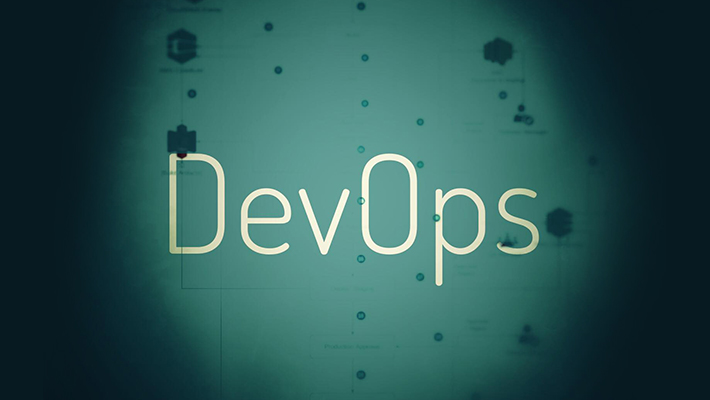
Cloud Enabled DevOps Strategy on AWS
Any organization which is serious about releasing iterations of bug free software, in a frequent manner should have some level of DevOps processes in place in their delivery pipeline. The following post will discuss how to implement a DevOps continuous delivery/deployment pipeline in the AWS Cloud infrastructure.

Machine Learning with AWS
Machine learning often feels a lot harder than it should be to most developers because the process to build and train models, and then deploy them into production is too complicated and too slow. First, you need to collect and prepare your training data to discover which elements of your data set are important. Then, you need to select which algorithm and framework you’ll use.

AWS Kinesis Firehose – Real-time data streaming on AWS
AWS Kinesis Firehose is a fully managed service for transforming and delivering streaming data to a given destination. A Destination can be a S3 bucket, Redshift cluster, Splunk or Elasticsearch Service. In the following tutorial I’ll walk you through the process of streaming CloudWatch Logs to a S3 bucket generated by an AWS Lambda function.

Building SaaS based Enterprise Cloud Applications – White Paper
According to NIST, “cloud computing is a model for enabling ubiquitous, convenient, on-demand network access to a shared pool of configurable computing resources (e.g., networks, servers, storage, applications and services) that can be rapidly provisioned and released with minimal management effort or service provider interaction (NIST, 2011The traditional approach incur a huge capital expenditure upfront along with too much excess capacity not allowing to predict the capacity based on the market demand.

Setting up a testing cluster using ClusterRunner
So you have written some tests for your project and now you are waiting for the test run to be completed to see if anything breaks due to the changes you have made by your last commit. Finally you can merge your changes to develop when everything seems green on your CI. But when the number of tests increases, their execution time will also increase.
Developing a Custom Audit Trail and a Notification Service for a Workflow Based Serverless Application on AWS
READ ARTICLE
Human Emotions Recognition through Facial Expressions and Sentiment Analysis for Emotionally Aware Deep Learning Models
READ ARTICLE


